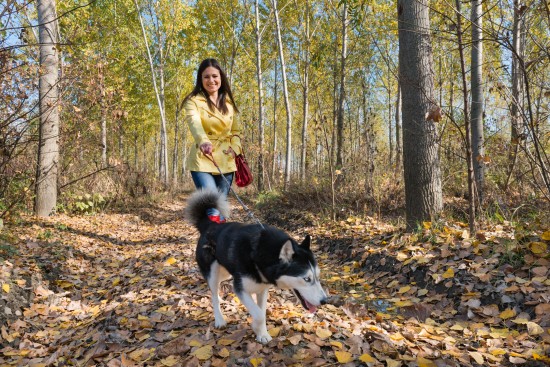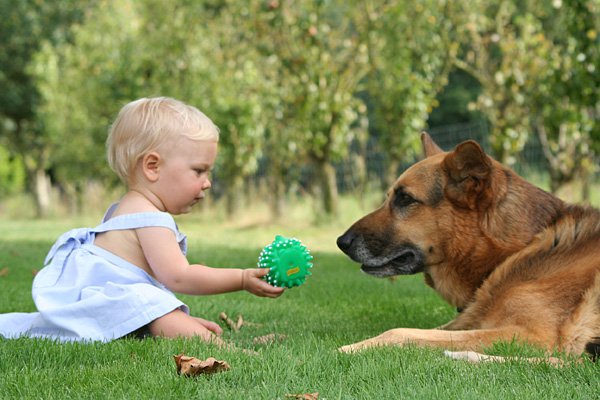
Everyone should believe that prevention is always better than cure. However, for cases that we cannot prevent to occur such as an illness or a disease, immediate treatment would be the best prerogative rather than to ignore or to wait until it gets severe or even lethal. This is not just the case for humans since animals are also susceptible to sickness. Being the common pet in the household, dogs are also prone to sickness as much as their pet owners do. You may not believe it but dogs could have cancer too. Therefore as a responsible dog-owner; canine cancer awareness is a must.
But what is dog cancer? Why is it that canine cancer awareness is very critical for pet owners to know and understand? Dog cancer is lethal and accounts for about fifty percent of recorded dog mortalities where one out of four will likely to have such condition. This is especially true for dogs that are over ten years old already.
Technically, dog cancer is also known as neoplasia, tumor or malignancy. Such condition results from the growth of cell that is not supposed to grow on that particular area. This foreign object growing within the body at a certain site is called primary cancer. On the other hand, if it develops from another area and not on the site per se, it is then termed as secondary cancer. Either of which, cancer will flow within the system through the blood or the lymph system. As it starts to spread without intervention of medicine or any treatment, it would be difficult to treat and will eventually lead to death.
There are different types of dog cancer namely: abdominal cancer, mammary cancer, testicular cancer, lymphoma, and osteosarcoma. The common symptom for these different types is the appearance of lumps. Therefore, be cautious with it especially the fast growing ones and those that are connected to the tissue underneath. Check also if the lumps have unusual color and irregular shape.
Aside from lumps, be observant if your pet has non-healing sores, presence of blood in the urine or stool, changes in appetite, weight loss, and abdominal discomfort. Other canine cancer symptoms could also include vomiting, diarrhea or constipation, coughing, breathing difficulty, limping limb, and body odor or bad breath.
Once you have seen these symptoms, never take them for granted. Give your pet an immediate treatment such as ES Clear. Remember, your dog is not just your loyal best friend but is also considered as the baby of your family. As a dog owner, develop a sense of canine cancer awareness. Take care of your family – be responsible!
 Staying Safe When Walking Your Dog
Staying Safe When
Staying Safe When Walking Your Dog
Staying Safe When
 Nipping Signs Of Resource Guarding In The Bud While Your Puppy Is Young
Nipping Signs Of
Nipping Signs Of Resource Guarding In The Bud While Your Puppy Is Young
Nipping Signs Of
 The Best Way to Train a Dog
The Best Way to Train a Dog
Rewards and Punish
The Best Way to Train a Dog
The Best Way to Train a Dog
Rewards and Punish
 Understanding The Difference Between Dominant Behaviour And Stubborn Behaviour In The Dog
Understanding The
Understanding The Difference Between Dominant Behaviour And Stubborn Behaviour In The Dog
Understanding The
 Great Ways To Keep Your Guinea Pig Entertained
Great Ways To Kee
Great Ways To Keep Your Guinea Pig Entertained
Great Ways To Kee
Copyright © 2005-2016 Pet Information All Rights Reserved
Contact us: www162date@outlook.com